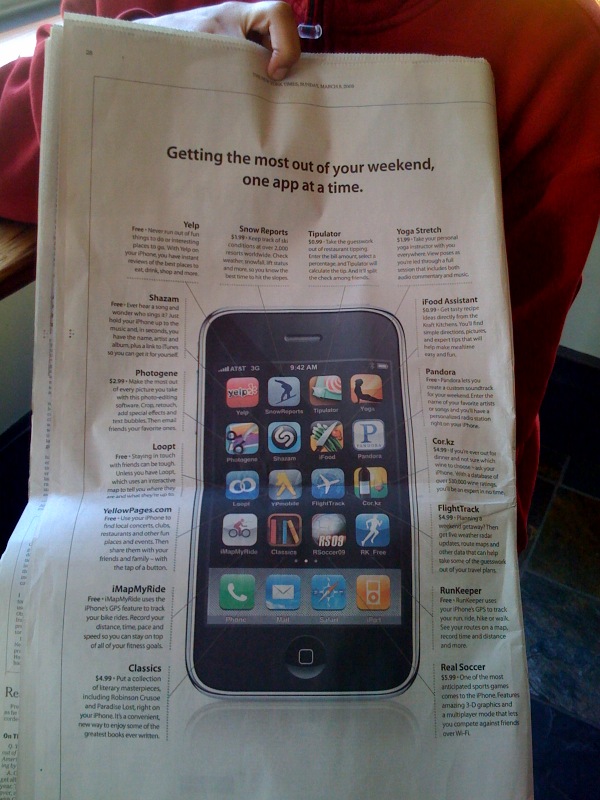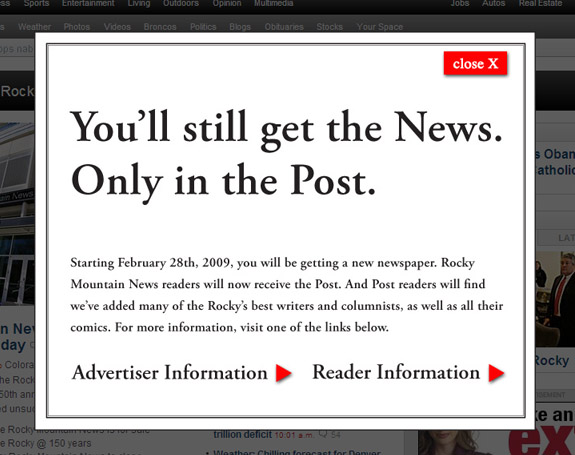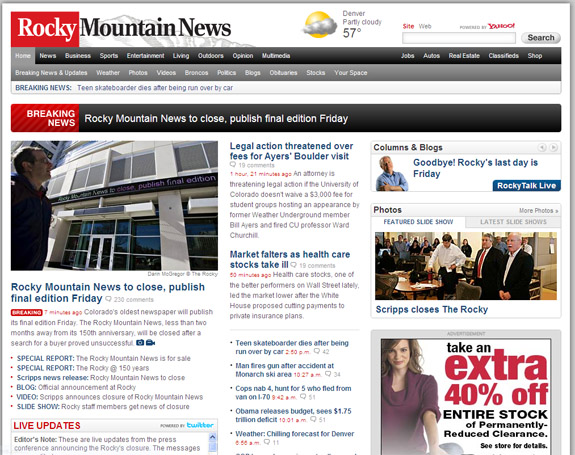The New York Times is claiming today that iPhone owners do not use their devices for work:
A new report from Compete surveying the behavior of 600 smartphone users found that 73 percent of iPhone owners used their mobile devices primarily for personal reasons, like entertainment. By comparison, 59 percent of owners with other types of smartphones — from manufacturers like HTC, Research in Motion and Nokia — primarily used their devices for business and work-related needs.
Step back a moment:
1. iPhone users obviously consume more content than non-iPhone users because no other mainstream device allows users to do so... or has the available library of content: 35,000 applications and high-speed internet browsing.
2. In contrast, Blackberry users likely use their devices for what they do best: email. You could argue, that outside of limited web-browsing, email and calendaring (or if they want to define that as "work") is all the Blackberry does.
3. iPhone users might use their phones for activities beyond just email and calendaring - but that is because they are able to. That doesn't mean that the iPhone is incapable of "work"; rather, it means that the iPhone is capable of much more than work utilities. Likewise, it doesn't mean that iPhone users do not use their device for work - it means that those utilities are one available usage.





